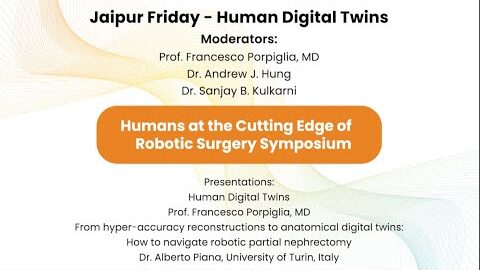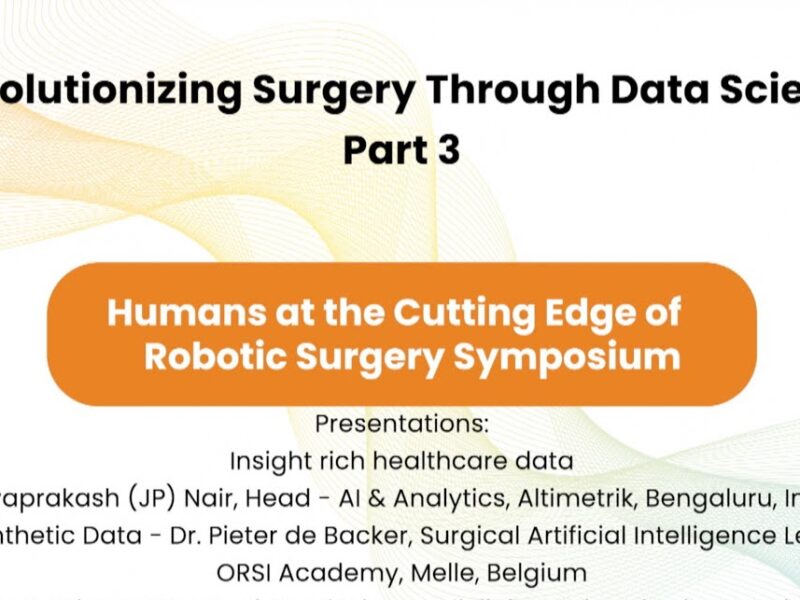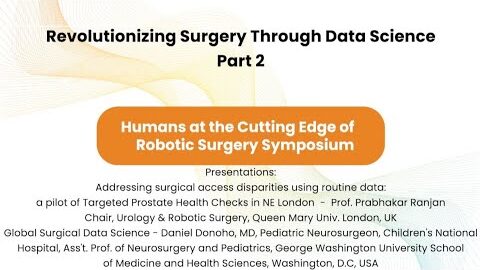Double Trouble ! Robot assisted adrenalectomy for VHL associated Bilateral Pheochromocytoma
This video was entered by Dr. Ashwin Mallya in the 2022 KS International Robotic Surgery Innovation Awards, sponsored by the Vattikuti Foundation. It was featured in the Vattikuti Symposium ‘Humans at the Cutting Edge of Robotic Surgery,’ held in Miami, Florida November 19, 2022.
Here is the Abstract:
Double Trouble ! Robot assisted adrenalectomy for VHL associated Bilateral Pheochromocytoma
Mallya Ashwin, Kathuria Sachin, Sharma Ajay
Department of Urology , Sir Ganga Ram Hospital, New Delhi
Introduction: Surgical management of Pheochromocytoma is challenging . Complexity increases with bilateral pheochromocytomas. We discuss nuances of this complex surgery performed with Robotic assistance.
Patient Characteristics and surgical planning: A 15 year old girl with familial history of pheochromocytoma , presented with hypertension , palpitations and elevated metanephrines in urine. Imaging revealed bilateral masses, 5 cm right adrenal and 2.5 cm left. Following preoperative preparation, was planned for Robotic Right adrenalectomy and left cortex sparing tumor excision. Challenges were bi- laterality of procedure, hemodynamic instability, proximity of tumor to IVC, preservation of normal adrenal gland on left to prevent adrenal insufficiency.
Procedural details: Procedural time180 minutes with console time 136 minutes. Port positioning done to en- sure most ports used for bilateral procedure. Midline ports common for both sides and one additional working port taken on each side. Procedure first performed for right side. Wristed movements of robotic instruments helpful in accurate dissection. Near total adrenalectomy was performed on right side followed by undocking, position change and redocking for left . On this side enucleation of tumor was performed with adrenal preser- vation. Patient discharged on day 4 , BP of 110/70 mm Hg and pulse rate 74/minute. Histopathology and genetic testing showed bilateral pheochromocytoma and VHL syndrome.
Conclusion: Bilateral procedure for pheochromocytoma is feasible provided patient is optimally pre- pared and remains hemodynamically stable.Pre-Operative preparation is key. Wristed movements of Robotic instruments make accurate movements possible.Adrenal sparing surgery necessary for bilateral cases and familial syndromes to prevent adrenal insufficiency.
See more at: vattikutifoundation.com/videos
Date
August 15, 2020






